The meshIQ blog.
Our blog offers insights into pivotal and disruptive technologies, including Hybrid Cloud, Messaging Middleware, AI, and more, contributed by meshIQ experts and innovators.
Featured.
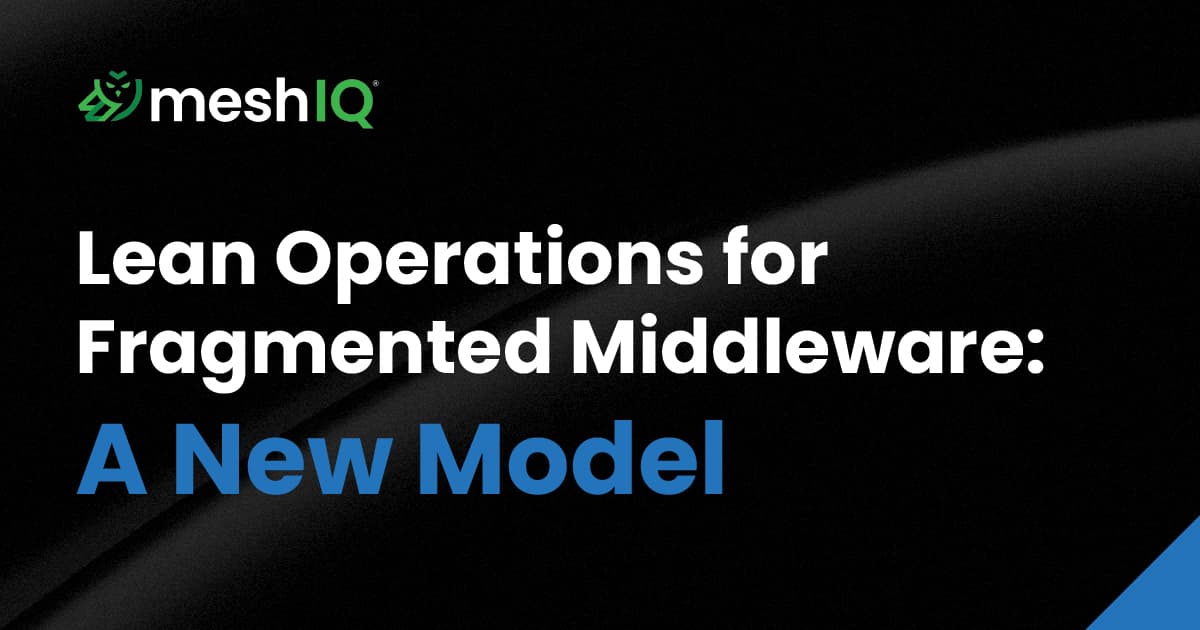
Compliance, Middleware, Observability
Lean Operations for a Fragmented Middleware World: Why Efficiency, Resilience and Compliance Now Depend on a New Model
Fragmented middleware estates create hidden costs, operational drag, and growing compliance risk. Learn why lean operations, unified visibility, and built-in auditability are now essential for modern messaging and streaming environments.

Compliance, Middleware, Observability
Lean Operations for a Fragmented Middleware World: Why Efficiency, Resilience and Compliance Now Depend on a New Model
Fragmented middleware estates create hidden costs, operational drag, and growing compliance risk. Learn why lean operations, unified visibility, and built-in auditability are now essential for modern messaging and streaming environments.
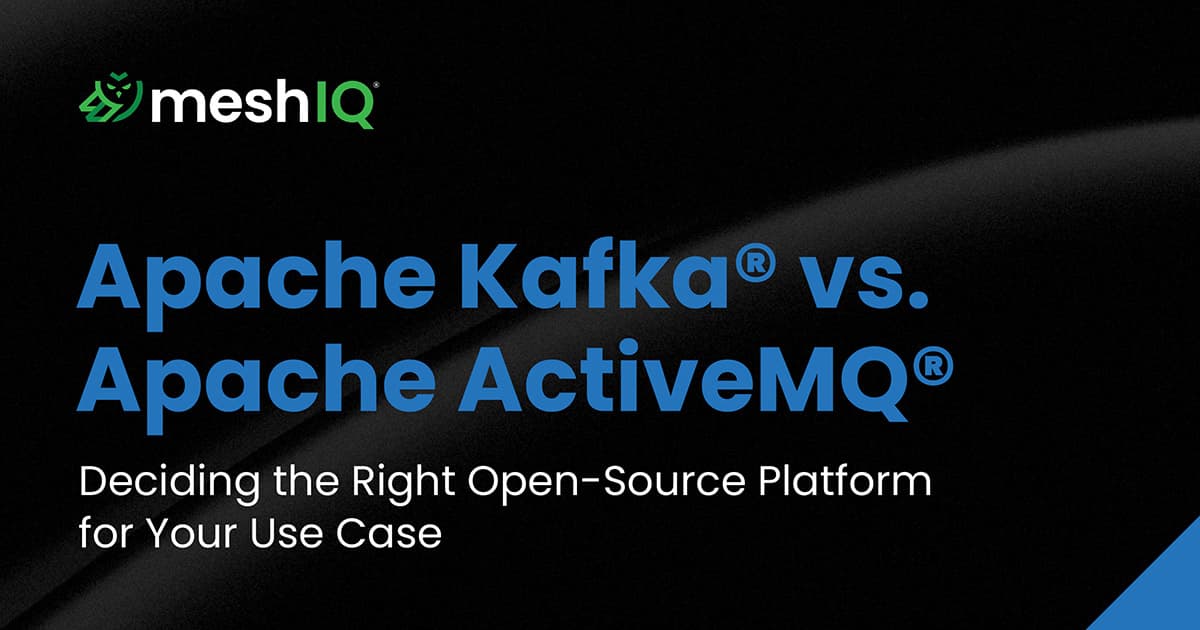
Apache ActiveMQ®, Apache Kafka®, Messaging, Streaming
Apache Kafka® vs. Apache ActiveMQ®: Deciding the Right Open-Source Platform for Your Use Case
Learn the key differences between Apache Kafka® and Apache ActiveMQ® — from messaging models to performance, scalability and use cases — and see how meshIQ improves observability across both platforms.
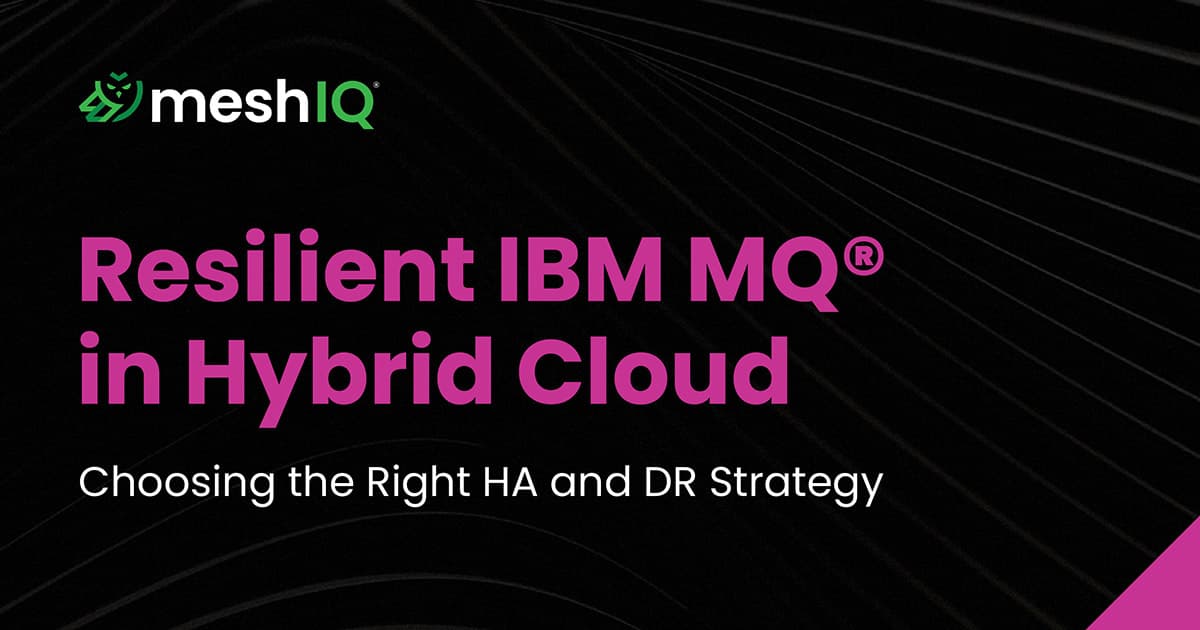
Hybrid Cloud, IBM MQ
Resilient IBM MQ® in Hybrid Cloud: Choosing the Right HA and DR Strategy
Learn how to build a resilient IBM MQ® architecture for hybrid cloud. This post breaks down HA vs. DR, explains RTO/RPO expectations, explores Native HA and cross-region replication, and shows how meshIQ adds essential visibility and control.

AIOps, Apache Kafka®, IBM MQ, Middleware
Modernising Middleware and B2B Integration with Assurance
Modernising enterprise middleware is now a strategic necessity for cost efficiency, AI-readiness, and operational clarity. Hybrid estates of IBM MQ, Apache Kafka®, and other brokers hide inefficiencies that drain profitability, but an operating model built on Assurance and Optimisation restores transparency and control. By unifying data, rebalancing workloads, and enabling safe AI autonomy, organisations can build a resilient “Confidence Economy.”

Apache ActiveMQ®, Apache Kafka®, Messaging, Observability, Streaming
Messaging Infrastructure Is Still in the Dark: The Observability Illusion Costing Millions
In today’s always-on digital world, even the best messaging platforms—like Apache Kafka® and Apache ActiveMQ®—can become blind spots that undermine resilience. This article exposes the “observability illusion” many organizations face, showing how limited visibility and manual processes lead to outages, high costs, and constant firefighting. Learn how meshIQ transforms reactive operations into proactive engineering through unified observability, automation, and self-service.
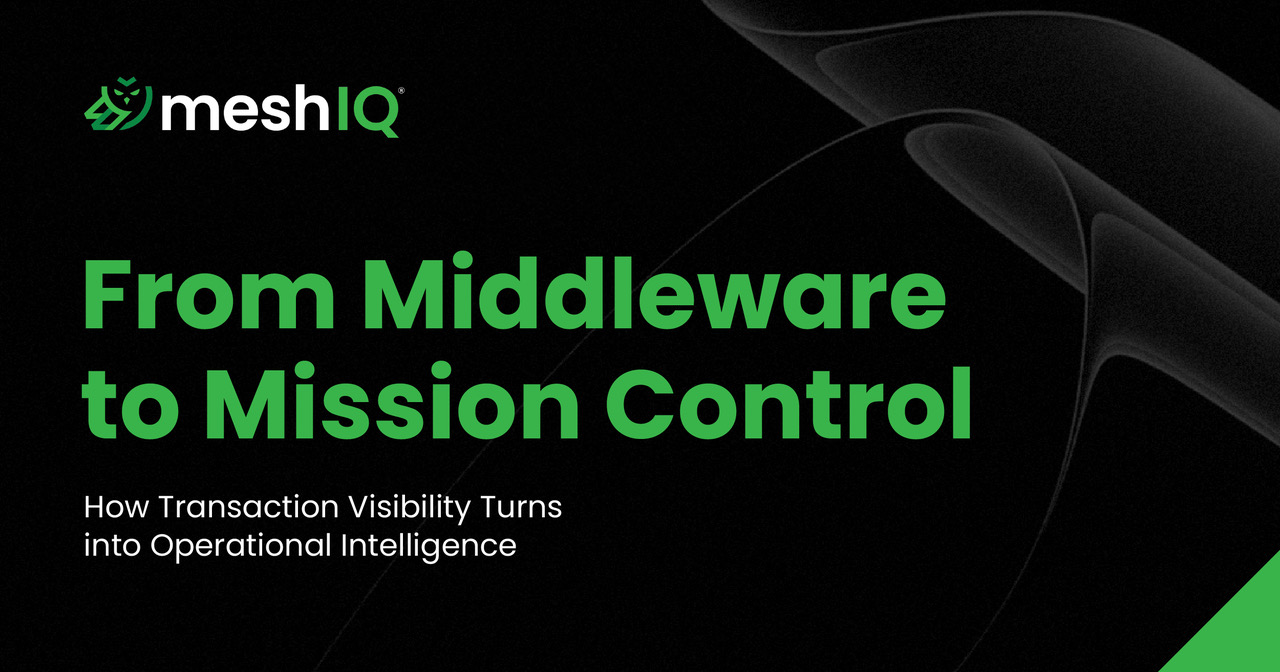
Apache Kafka®, IBM MQ, Middleware, MQ
From Middleware to Mission Control: How Transaction Visibility Turns into Operational Intelligence
In today’s digital enterprises, middleware isn’t just infrastructure—it’s the heartbeat of every mission-critical operation. Yet too often, it operates as an invisible black box. This article explores how organizations can transform middleware management into true Operational Intelligence—gaining complete transaction visibility, intelligent automation, and unified governance. Discover how meshIQ turns complex messaging environments like Apache Kafka®, MQ, and Solace into a strategic business advantage.

Apache ActiveMQ®, Apache Kafka®, Messaging, MQ, RabbitMQ
From Messaging Burden to Business Assurance: Rethinking MQ, Apache Kafka®, Apache ActiveMQ®, and RabbitMQ
Every enterprise depends on messaging and streaming platforms to keep transactions flowing, from purchase orders and invoices, to payments and claims, to the events that trigger customer experiences in real time. And yet, the very systems meant to assure reliability often create the opposite effect: cost, complexity, and blind spots that silently drain profit.

Transaction
B2B Flow Intelligence in Transactions: Closing the Gaps That Cost Enterprises Millions
Every enterprise depends on B2B transactions to keep business moving. From purchase orders to payments, they form the unseen network powering global commerce.

RabbitMQ
What Is RabbitMQ And How Do You Manage It With Kubernetes?
RabbitMQ is an open source message broker enabling communication and information exchange between systems, applications and services.
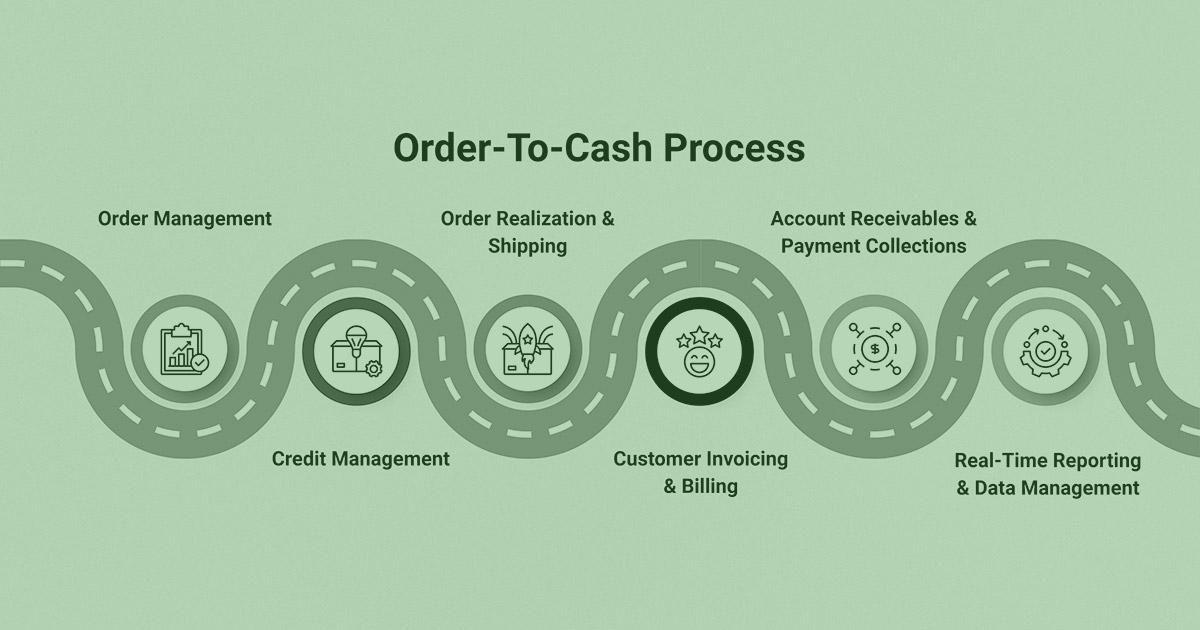
Apache Kafka®, Middleware, Reconciliation
Fixing the Reconciliation Gap: Why Order to Cash Breaks Across Industries and How to Close It
Discover why order-to-cash breaks across industries and how closing the reconciliation gap prevents revenue loss, penalties, and compliance risks.

Apache Kafka®, Data Streaming, Middleware Optimization
Introduction to Apache Kafka® Scaling Challenges
Apache Kafka® has become the go-to platform for organizations handling high-throughput, real-time data streaming. Its ability to manage massive data volumes while ensuring reliability is second to none. However, as businesses grow and demand for data increases, scaling Apache Kafka® isn’t always a walk in the park. It often comes with its own set of
